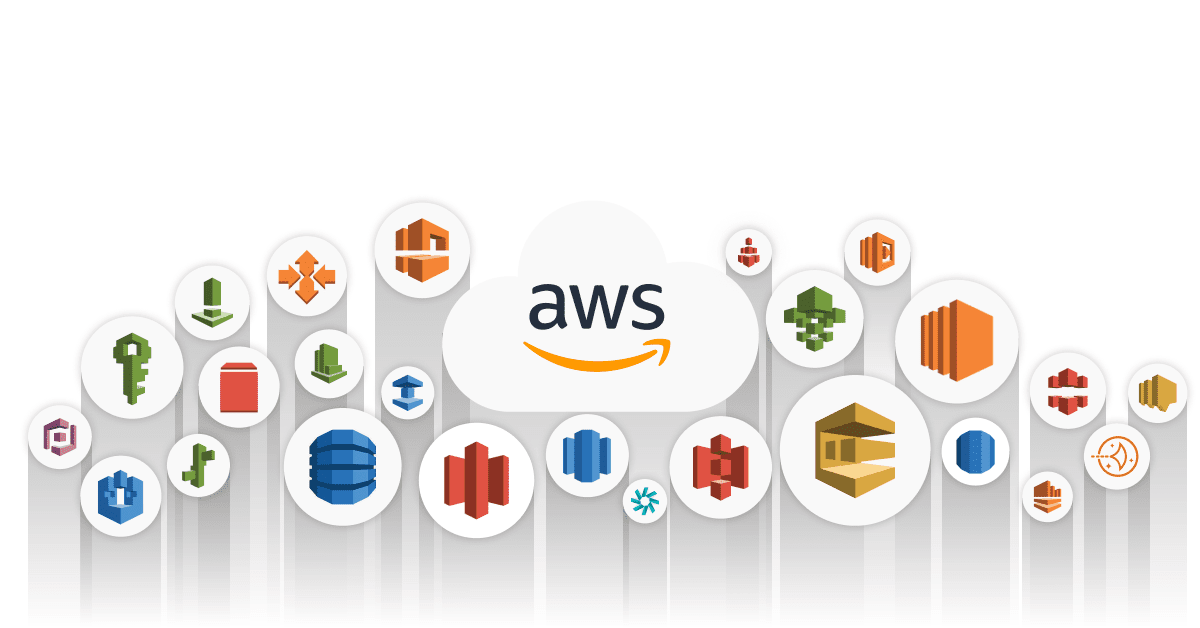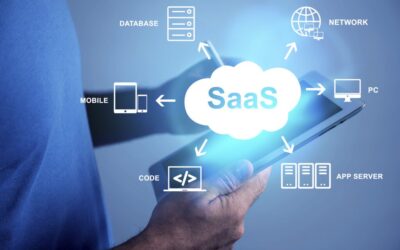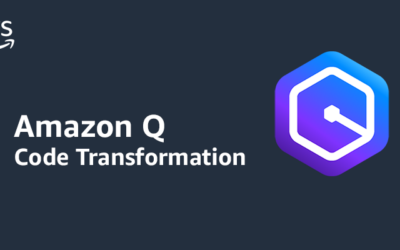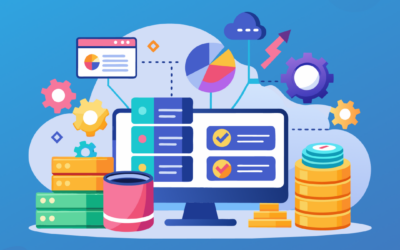The Daily Dose
Our regularly updated blog on all the things that we think you will find interesting. AWS, Cloud, Healthcare, Mobile apps, tutorials and more.
Top 25 AWS Services
Learn about our Top AWS Services for 2023 and prepare your journey through the cloud with precision and confidence.
Read more ➞
Top 10 AWS Migration Services
Discover our top services for helping you migrate over to the AWS cloud.
Read more ➞
AWS Business Continuity Plan
Learn how to create an effective business continuity plan for your AWS stack.
Read more ➞
Cloud Migration Guide: Steps, Platforms, Costs in 2025
Understanding Cloud Migration Costs: A Comprehensive GuideThe word "Cloud Migration" is nothing...
Cloud Migration Checklist : Steps for Successful Migrations
Cloud Migration Checklist : Steps for Successful MigrationsIn the digital age, companies must...
Top 15 AWS Cloud Security Tools 2025 | AllCode
Top 15 AWS Cloud Security Tools 2025 | AllCodeAWS offers a range of IT security technologies and...
AWS re:Invent 2024 – Biggest Takeaway – GenerativeAI may be used
AWS re:Invent 2024 continues to surprise. We thought the focus would be on GenAI for Agents. Little did we realize that GenAI can be used to do framework upgrades as well!
Power BI Professional: Transforming Data into Actionable Insights
One tool that can help you turn data from several sources into interactive dashboards and BI reports is Power BI, which is a Business Intelligence and Data Visualization tool. The software provides a number of connectors and services. Desktop, service-based (SaaS), and mobile Power BI apps are the different versions of Power BI. They have several applications where they are utilized.
ETL Developer Tools and Technologies You Need to Know
ETL tools play a vital role in data management by gathering data from multiple sources such as databases, cloud storage, and third-party applications. These tools extract raw data in various formats, transform it by cleaning, removing duplicates, and standardizing the structure, ensuring quality and consistency. After transformation, the data is then aggregated and loaded into centralized data warehouses or data lakes for analysis and reporting, enabling more efficient and accurate decision-making.
DevOps Rules to Live By
Here are some essential best practices to live by.
3 Ways Gen AI and AWS can Enhance Your Business
Amazon is on the cutting edge of new technologies. They have been increasingly experimenting with AI and learning algorithms, culminating in their most recent breakthroughs in Generative AI. Developers and technology enthusiasts have access to their innovations through the tools available on AWS.
Top 10 Cloud Management Software Platforms
The cloud can help reorganize how software is managed and ease the burdens of budgeting and efficiency. Cloud management software helps envision that.










